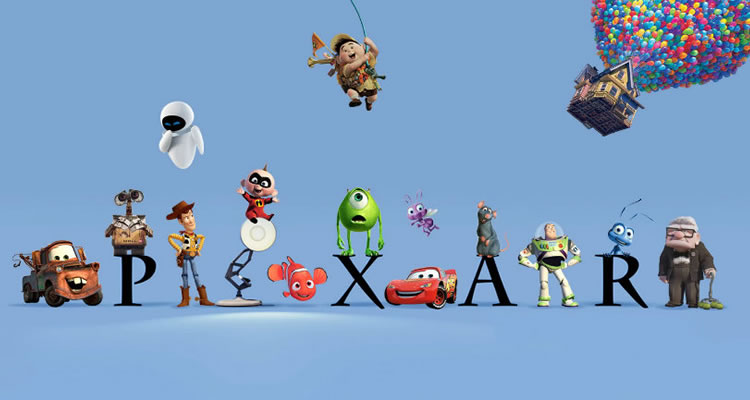Back in 1995, Toy Story arrived from nowhere to almost single-handedly re-invigorate the animation genre. While Disney had enjoyed a new golden age in the 90s thanks to Aladdin, Beauty & The Beast and The Lion King, they were soon to fall back into mediocrity with the likes of Hunchback Of Notre Dame, Hercules and Atlantis: The Lost Empire. On the other hand, Pixar enjoyed going from strength to strength for the next ten years with an unparalleled line-up: Toy Story 2, Monsters Inc., Finding Nemo and The Incredibles.
Then in 2006, Cars was released. Coincidentally, this was also the year that Disney bought Pixar outright, with new chief creative officer John Lassater taking on directing duties for the latest animated, something he declared he had a deep passion for. The movie was greeted with the lowest critical reception of any of their releases up to that point, and while it was far from a box office flop ($461 million worldwide), it didn’t quite match up to the likes of The Incredibles ($631 million) or Finding Nemo ($937 million).
From there, Pixar had another great run of critical and financial hits – Ratatouille, WALL-E, Up and Toy Story 3, the last two of which both joined Beauty & The Beast as the only animated movies to receive a Best Picture nomination at the Academy Awards – while Disney’s non-Pixar movies appeared to be learning some lessons from their new colleagues, as the likes of The Princess & The Frog, Bolt and Tangled had the Mouse House trying out new stories in fresh and invigorating ways. The blip that was Cars was all but forgotten about until the sequel showed up in 2011, and while the box office was solid ($560 million), the audience were less forgiving with a 39% Rotten Tomatoes score, a full 35% lower than any other Pixar movie before or since.
Cracks were beginning to show in our undying love for Pixar. Glossing over the Cars spin-off Planes, which was released by Disney. The 2012 release Newt was abandoned when the plot proved to be too similar to Rio, while Brave was released under a cloud of behind-the-scenes troubles which resulted in Pixar’s first female director being fired from the project, and the company once so synonymous with originality was due to release another sequel (sort of ) with Monsters University.
WATCH THE TRAILER FOR MONSTERS UNIVERSITY
Which brings us up to today, and as Disney animation have recently knocked-out some modern classics with the likes of Wreck It Ralph, Frozen and Big Hero 6, all eyes are on Pixar to see if they can muster up a return to form, and as it turns out… they can! The Cannes premiere of Inside Out was treated to a standing ovation, while critics are lavishing every superlative on to the project as they possibly can, making sure it’s the best reviewed Pixar movie since Toy Story 3.
While it’s easy to over-simplify the Pixar formula (things you didn’t know could talk – toys, ants, fish, cars, etc. – can talk and have lives of their own), it’s when they truly think outside of the box (what if monsters were real and used our screams as energy, what if superheroes had normal family problems, what if a robot was left alone on Earth, what if an old man wanted to fly his house away with balloons) that we see that Pixar spark of genius. Inside Out definitely falls inside that category – what if our emotions got lost in our own brains and had to find their way back to where they belong – and it shows a return to form.
WATCH THE TRAILER FOR DISNEY/PIXAR’S NEXT MOVIE – THE GOOD DINOSAUR
While the upcoming slate does appear once again to be sequel heavy – Toy Story 4, The Incredibles 2, Finding Dory, Cars 3 – there is a sense that they are all being approached with a new sense of creativity and individuality. With Inside Out marking Pixar’s 15th feature film, the company has garnered almost $9 BILLION at the box office in total so far, and continues to be the home to some of the most brilliant minds working in cinema today, continuing to turn pixels into art. Pixels. Art. PIXAR! We just got that!
WATCH OUR ANIMATOR INTERVIEWS – PRESS PLAY
INSIDE OUT is now showing in Irish cinemas
Words – Rory Cashin


